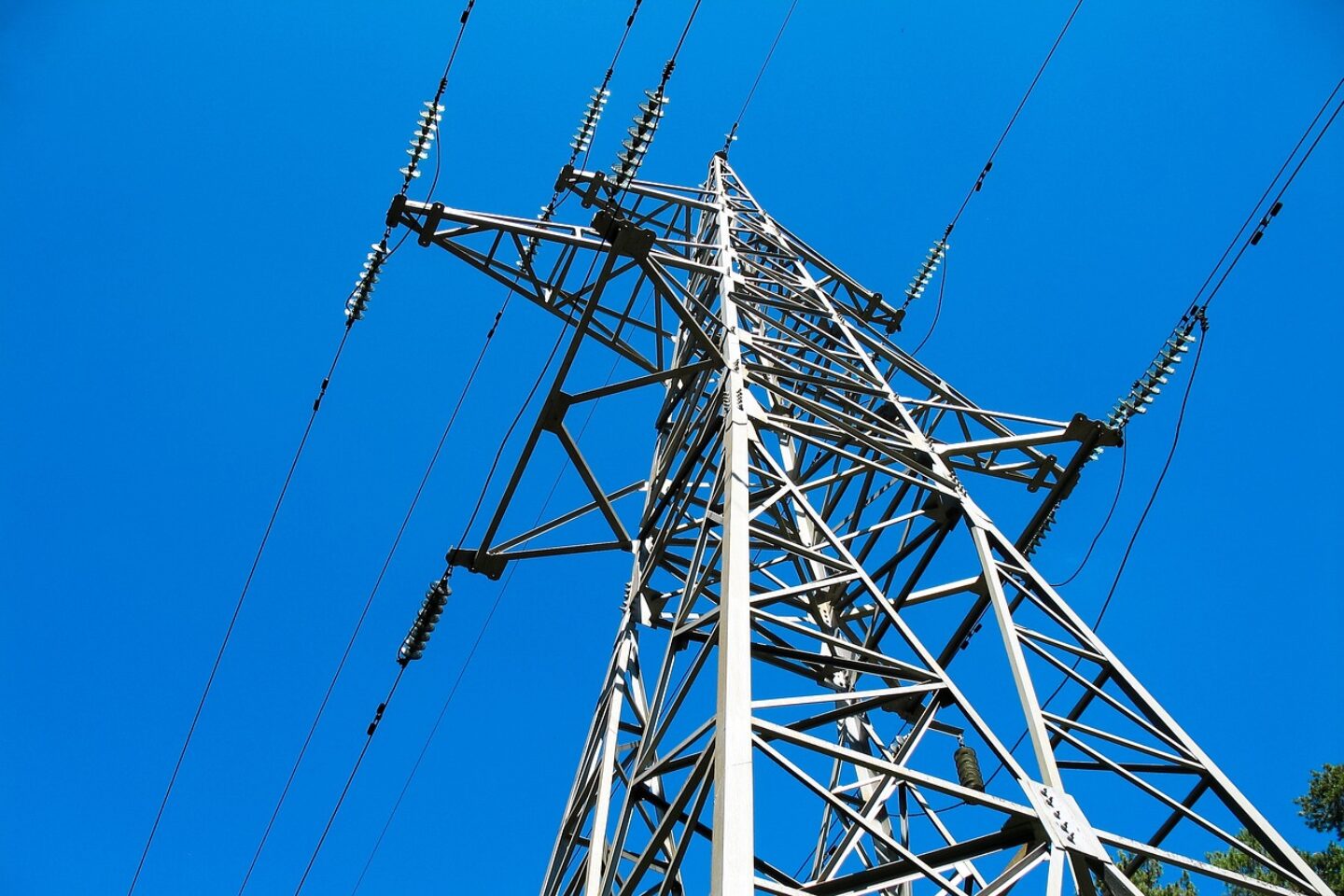

On 17 April 2024, the EU Council approved a revised version of Directive 2010/31/EU of the European Parliament and of the Council of 19 May 2010 on the energy performance of buildings (“the Directive”)
With the approval of the Council of the EU, the legislative process is essentially complete, and now the final text needs to be signed and published.
As stated in the preamble to the Energy Performance of Buildings Directive, buildings account for 40% of final energy consumption in the EU and 36% of energy-related greenhouse gas emissions, while 75% of buildings in the Union are still energy inefficient. Natural gas is the largest contributor to the heating of buildings, accounting for around 39% of the energy used for space heating in the residential sector. Reducing energy consumption in line with the ‘energy efficiency first’ principle set out in Article 3 of Directive (EU) 2023/1791 of the European Parliament and of the Council(8) and defined in Article 2(18) of Regulation (EU) 2018/1999 of the European Parliament and of the Council(9) and the use of renewable energy in the buildings sector are therefore important measures necessary to reduce greenhouse gas emissions and energy poverty in the Union.
The Energy Performance of Buildings Directive is intended to contribute to two main objectives:
These objectives are to be achieved not only by setting limits for newly built buildings, but also by setting requirements for the renovation of the most energy-intensive buildings, including setting requirements for decarbonising heat sources.
Emission targets
Thus, all buildings built from 2030 onwards should have zero emissions, i.e. very low energy intensity, zero carbon emissions from fossil fuels where they stand and zero or very low greenhouse gas emissions from their operation. They are to be buildings that will contribute to optimising the energy system through demand side response, with any very low residual amount of energy demanded fully covered by energy from
– renewable energy produced on site;
– renewable energy produced in the vicinity and supplied through the grid;
– from the renewable energy community; or
– renewable sources and waste heat from the central heating and cooling system.
However, it is not only new buildings that should be regulated in this way. In fact, EU Member States are also obliged to set measures to reduce average primary energy consumption in residential buildings by at least 16% by 2030 and by at least 20-22% by 2035. For other building types, 16% of the most energy-intensive buildings will need to be renovated to meet at least the minimum energy performance requirements by 2030, and 26% of the most energy-intensive buildings by 2033. Thus, public and non-residential buildings should gradually reach a maximum energy performance of class D by 2030, and residential buildings should reach the same target by 2033.
For example, from the beginning of 2027, all existing public buildings and all non-residential buildings will be required to install solar panels where technically and economically feasible. Newly built residential buildings should start installing solar power generation equipment from 2030 at the latest.
Phasing out fossil fuel boilers
The original proposal for a revised version of the Directive included a blanket ban on the use of gas boilers after 2040, which was also publicised at the end of last year. However, the position on this matter has been revised in the European institutions and in the future gas technologies are one of the recognised sources of energy for heating, not only until 2040. However, this does not mean that no changes are expected in this area.
On the basis of the Directive, individual Member States will prepare national plans for the renovation of buildings, with 2040 being the target date for national plans in relation to the replacement of fossil fuels (including natural gas) in heating.
In the future, natural gas should be replaced by low-emission and renewable gases such as biomethane and hydrogen. The gas industry, as well as thermal equipment manufacturers, must now focus on developing technologies that can be used after the transition from fossil fuels to low-emission fuels. This entails the need to secure a stable source of such gases that can be used throughout the year.
The transition to low-emission and renewable gases is a goal, but it is not an absolute, uncompromising dictate. The Directive, in its provisions on primary energy sources for zero-emission buildings, allows that a building which, although it is not technically or economically
feasible to meet the requirements set out in Annex III of the Directive, can meet such a definition by ensuring that the total annual primary energy consumption of the building is also covered by other energy from the grid which meets the criteria set at national level.
The above principles are also reflected in the financial sphere. Subsidies for stand-alone fossil-fuel boilers will be banned from 2025. However, hybrid heating systems, which combine, for example, a boiler with a heat pump or a solar thermal system, will continue to be eligible for financial support.
In addition, it should not be overlooked that solid fuel boilers of emission class 1 and 2 should be phased out as from this year. It is the switch to a reliable and safe gas boiler, which has the technology to process not only natural gas but also the so-called gases of the future, that will be a financially and technically affordable solution for households looking for a replacement for such old boilers.
Exceptions
Agricultural buildings and cultural monuments, or buildings of special architectural or historic value, temporary structures, churches and places of worship may be exempt from the new requirements.
However, it remains to be seen what regulation the Czech Republic will choose and to what extent the possibilities for exemptions provided for in the adopted text of the Energy Performance of Buildings Directive will be used by the Czech legislation.
The consequences of these changes will undoubtedly be reflected in the construction sector, but it is questionable how the requirements of the directive will also be reflected in the cost of new or renovated housing. Similarly, the directive will undoubtedly have an impact on the energy sector itself, particularly with regard to the continued preference for hybrid heating systems (heat pumps, solar panels) and the move towards low-emission and renewable gases.
For your information we also attach a link to the full text of the Directive:
https://www.europarl.europa.eu/doceo/document/TA-9-2023-0068_CS.html#title2

The long prepared and hotly debated law was passed a few days ago by the Lower chamber in its third reading without opposition and will most likely come into force on 1 July 2023.

bpv BRAUN PARTNERS advised its client, IMMOFINANZ, on the acquisition of 53 retail properties from CPI Property Group (CPIPG).

Our alliance partner's office is the Austrian winner again. Congrats!